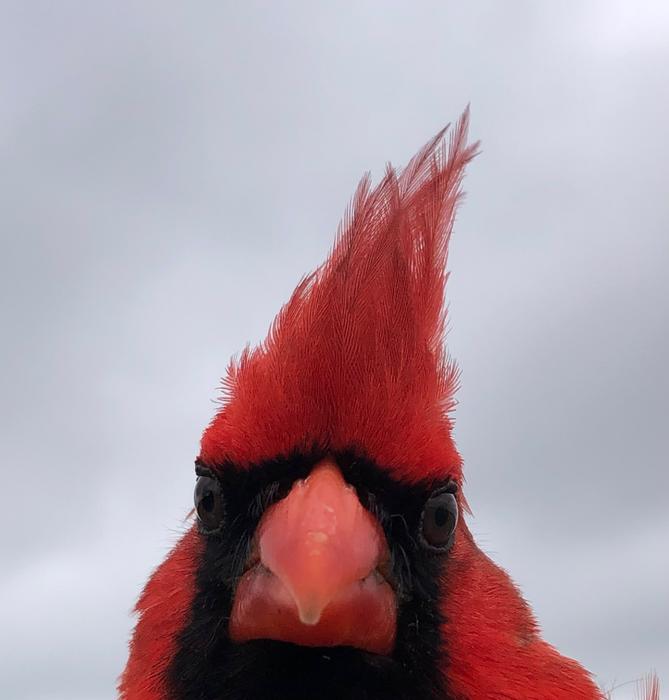PULLMAN, Wash. – The bright lights of big cities could be causing an evolutionary adaptation for smaller eyes in some birds, a new study indicates.

Credit: Jennifer Phillips, Washington State University
PULLMAN, Wash. – The bright lights of big cities could be causing an evolutionary adaptation for smaller eyes in some birds, a new study indicates.
Researchers found that two common songbirds, the Northern Cardinal and Carolina Wren, that live year-round in the urban core of San Antonio, Texas, had eyes about 5% smaller than members of the same species from the less bright outskirts. Researchers found no eye-size difference for two species of migratory birds, the Painted Bunting and White-eyed Vireo, no matter which part of the city they lived in for most of the year.
The findings, published in Global Change Biology, have implications for conservation efforts amid the rapid decline of bird populations across the U.S.
“This study shows that residential birds may adapt over time to urban areas, but migratory birds are not adapting, probably because where they spend the winter–they are less likely to have the same human-caused light and noise pressures. It may make it more difficult for them to adjust to city life during the breeding season,” said Jennifer Phillips, a Washington State University wildlife ecologist and senior author.
The U.S. and Canada have lost 29% of their bird populations or 3 billion birds since 1970, according to previous research. Scientists believe that habitat fragmentation is the primary driver of the decline in birds, but the current study suggests that sensory pollutants like human-caused light may also play a role in the birds’ ability to cope with city life.
For this study, Phillips worked with post-doctoral fellow Todd Jones and graduate student Alfredo Llamas of Texas A&M University, San Antonio, to study more than 500 birds from central and edge areas of San Antonio. They compared body and eye sizes of the birds and analyzed noise and light measurements during the day and night of each area.
There was no difference among the body sizes of birds in different areas, except for one species: the Painted Bunting. Upon further analysis, the researchers found that this size difference was mostly due to age. Younger, smaller male buntings, who cannot compete as well for mates as their more colorful elders, were more often found in the brighter, noisier central locations, which are likely less desirable.
While other studies have looked at how urban light affects the timing of birds’ “dawn song” and circadian rhythms, this is the first-known study to show a connection to eye size.
The smaller eye size may enable birds to deal with the brighter and more constant light in city environments, said Jones, the study’s first author who is now a post-doctoral fellow at the Smithsonian’s Migratory Bird Center. Birds with bigger eyes can be somewhat blinded by the glare of city lights or be unable to sleep well, putting them at a disadvantage in urban areas.
“Humans may have some unintended consequences on birds that we don’t realize,” said Jones. “We don’t know if these adaptations could have good or bad consequences for the birds down the road, considering that urban environments aren’t going away anytime soon. It is also important to understand how to manage such environments for the birds that maybe aren’t urban adapted.”
Phillips is leading a team to investigate the effect of both light and noise pollution across multiple bird species with support from a recent $2.1 million grant from the National Science Foundation. The team will set up controlled experiments to help determine how light and noise affects the birds’ stress levels, sleep hormones, song structure and aggression levels as well as whether these traits correlate to over-all fitness.
“We want to know whether patterns at molecular and behavioral scales affect fitness or not. Essentially, we’re trying to understand what are the benefits and costs to these animals living in a sensory polluted world,” she said.
Journal
Global Change Biology
DOI
10.1111/gcb.16935
Article Title
Phenotypic signatures of urbanization? Resident, but not migratory, songbird eye size varies with urban-associated light pollution levels
Article Publication Date
20-Sep-2023




